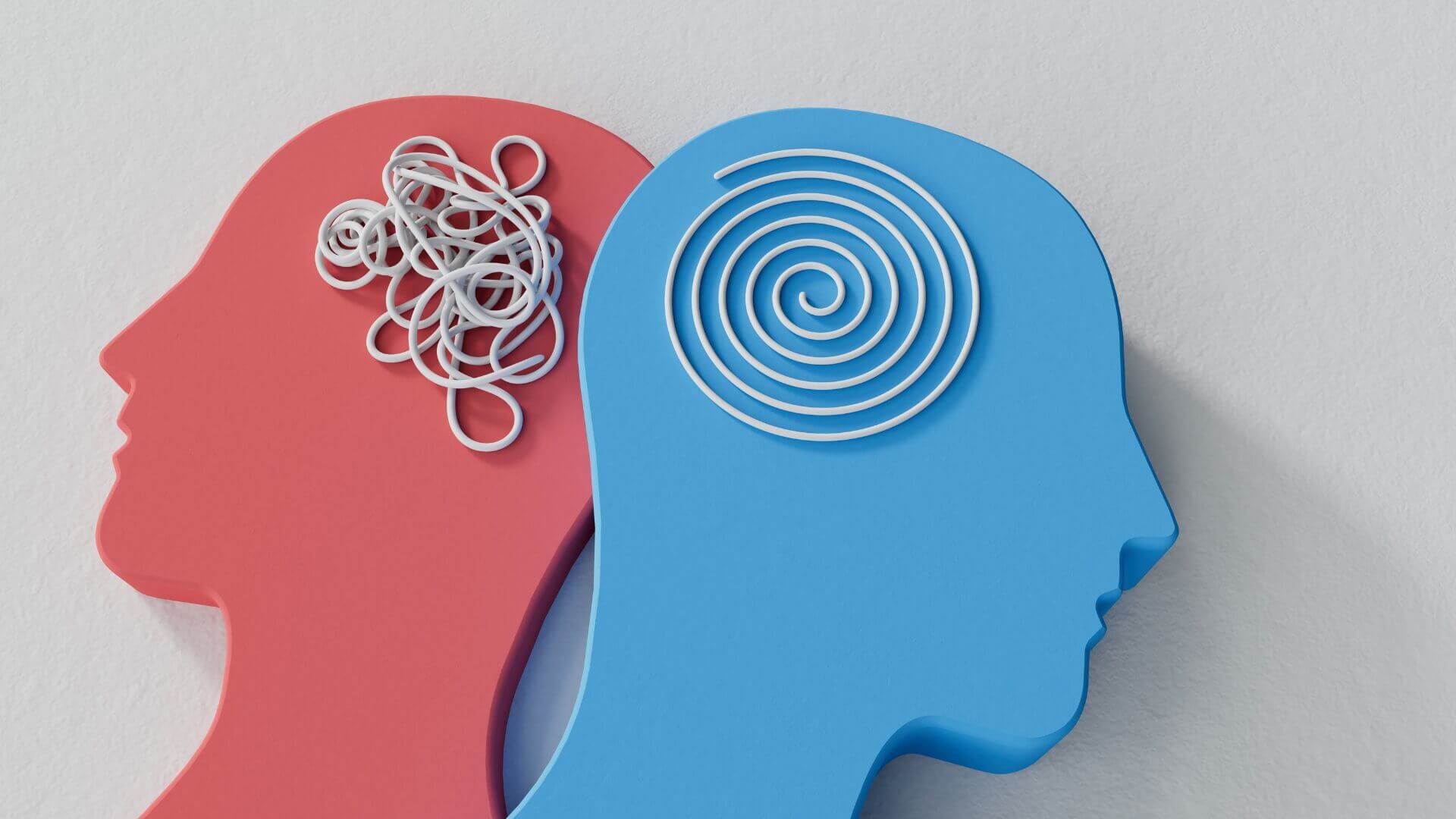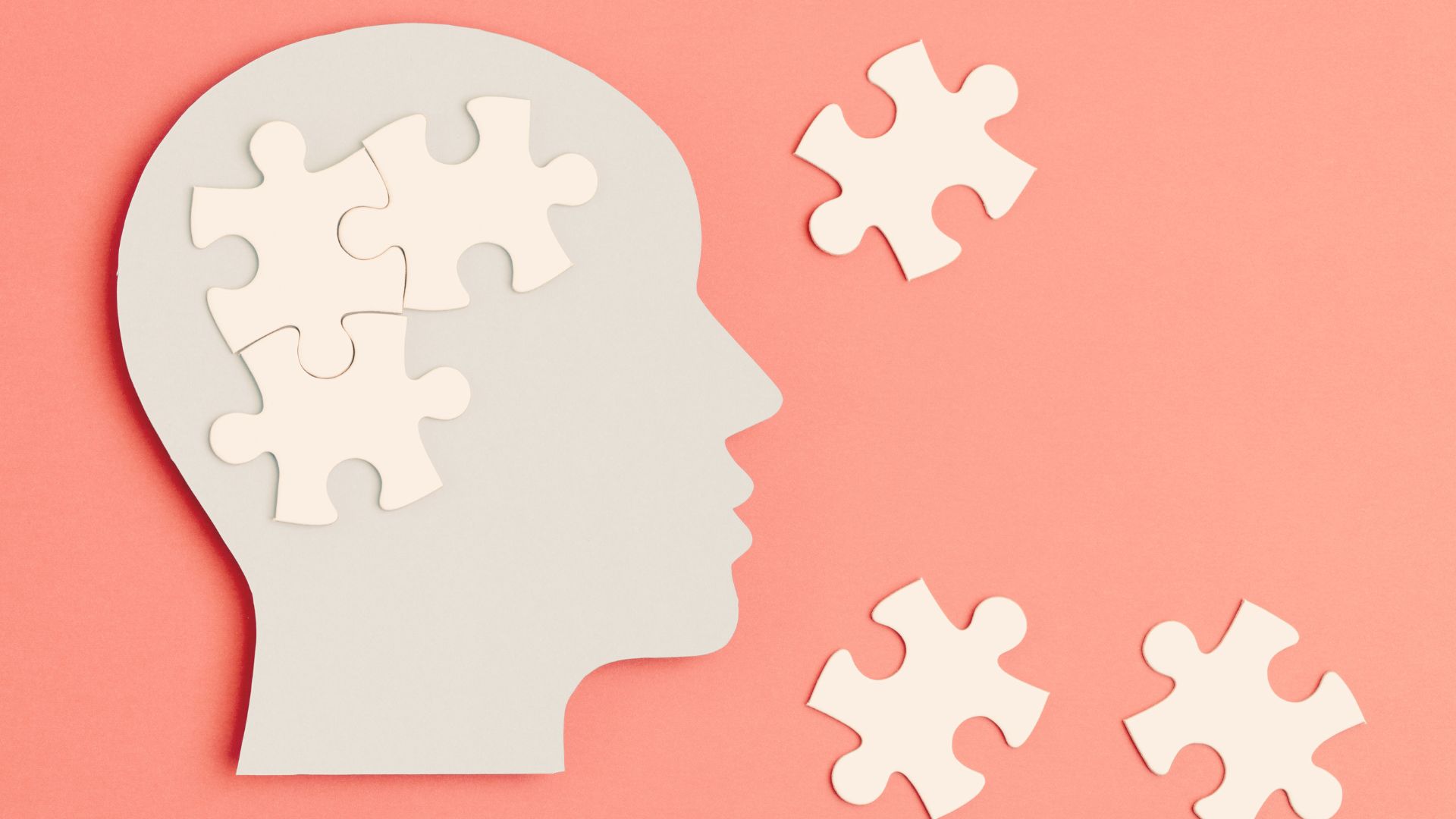Have you ever wondered how Psychology of Pricing and a small one cent difference in price ending can make pricing work to attract more buyers? Or have you ever bought something just because it was “only ₹499” and not ₹500? Or felt like you got a better deal when a product was marked down from ₹999 to ₹599? If yes, then you’ve already experienced Psychology of Pricing — whether you realised it or not!
In today’s world, pricing is not just about putting a number on a product. It’s about how we feel about that number. Businesses have been using psychology to influence our buying decisions for years. But now, with the help of AI and smart pricing tools, it’s becoming even more advanced and personalised. Let’s understand how it all works in a simple and friendly way.

It’s not the price, it’s the perception
In the world of consumer psychology, small changes in price can have a big effect on how we feel about a product or service. This is where the Psychology of Pricing comes into play. For example, when a customer sees a higher-priced item first and then sees a cheaper one, the second option feels like a better deal. This trick is called the anchor effect. Businesses use it often to shift consumer perceptions and guide their choices using clever pricing techniques.
Another common trick is using odd pricing, like 9.99, instead of a round number like 10. This is known as charm pricing and is part of many psychological pricing strategies. These tactics influence consumer behavior by making the price seem lower than it really is. Whether it’s bundle pricing, tiered pricing, even pricing, or decoy pricing, each pricing model is designed to make customers feel like they’re getting more for less. By using these psychological pricing tactics, businesses can optimize their offers and boost sales by simply changing the last digit or using a smart pricing tactic that works with customer behavior. This is the power of the Psychology of Pricing — it’s all about how the price feels, not just what it is.
What psychological pricing strategies do businesses use to boost sales?
Let’s be honest, most of us don’t always think logically when it comes to spending. Our emotions play a big role. That’s exactly what businesses target with psychological pricing strategies. Here are a few common ones:
-
Charm pricing – You see something for ₹499 instead of ₹500, and it just feels cheaper, right? That’s charm pricing. The number is technically almost the same, but it tricks our brain into thinking it’s a better deal.
-
Anchoring – This means showing a high-priced item first, so the next one seems more affordable. For example, if a phone is ₹75,000, and then you see another for ₹55,000, the second one suddenly seems like a smart choice.
-
Bundling – Offering a combo or package, like “Buy 1 Get 1 Free” or “Starter Kit + Free Ebook,” makes you feel you’re getting more value for your money.
-
Scarcity and urgency – Messages like “Only 3 left in stock” or “Sale ends tonight” create pressure, making us act fast so we don’t miss out.
Now, let’s hear from an expert.
Here’s what Steve Nixon, founder of Freejazzlessons.com, says about this:
“I’ve spent a lot of time thinking about how pricing isn’t just a number. It’s a way of shaping how people feel about what they’re buying. It’s fascinating how small changes can completely shift the way customers perceive value.
Let’s talk about psychological pricing for a second. A lot of it is about making people feel like they’re getting a great deal without them realizing it. One common tactic is anchoring. You show a high-priced item first and suddenly the next lower-priced item looks way more affordable. It’s all about perception. People think they’re getting a better deal simply because they’re comparing it to something more expensive.
Another one is price priming, where things like $9.99 are used instead of $10. The difference is small but it feels like a much bigger deal to the consumer. It’s all in how we process those numbers.”
And here is what Denise Murray, the Marketing Manager at Microdose Mushrooms, shares:
“Psychological pricing is about perception. Something as simple as pricing at $39.99 instead of $40 makes a product feel more affordable. Bundling also works well, we offer educational resources alongside microdosing kits, adding value without slashing prices.
Another key approach is scarcity, if a product is limited or available for a short time, customers are more inclined to act quickly. But psychological pricing should never feel manipulative, it works best when it aligns with a brand’s mission and customer expectations.”
How do AI-powered pricing tools adjust prices based on consumer behavior?
Now let’s look at the modern twist — AI-powered pricing tools. These tools don’t just guess. They observe, analyse, and learn from customer behaviour to adjust prices in real time.
Let’s say you visited a website, looked at a product, and then left without buying. AI can note that, and next time, show you a discount for the same item. It can even track:
-
How many times you’ve visited a product
-
What other items you looked at
-
If you added something to cart and abandoned it
-
The time of day you usually shop
-
Your past purchases and preferences
Using this data, AI tools can personalise the price, offer time-based deals, or even suggest bundles that match your interest. This smart Psychology of Pricing makes you more likely to buy.
Again, let’s hear it from the experts.
Steve Nixon explains how AI is changing the game:
“Now, when AI comes into play with pricing, it’s a game changer. AI doesn’t just adjust prices based on the usual stuff like demand. It tracks things like how many times someone has looked at an item, if they’ve left it in their cart, or even their browsing habits.
AI then uses that data to adjust prices, offer personalized discounts, or even show deals to nudge people into buying. It’s like having a smart assistant that knows exactly when to offer the right deal at the right time.”
And Denise Murray adds her experience:
“AI-powered pricing tools have changed the game. These systems analyze purchasing behavior, demand trends, and even external factors like seasonal stress levels to adjust prices dynamically.
If more people purchase our products during high-stress periods, AI can suggest optimal pricing without making it feel exploitative. Personalized pricing also helps, returning customers may receive customized offers based on their buying habits, improving loyalty while maintaining fair pricing.”
Can startups compete with big brands by using smart pricing techniques?
This is a big question, right? In a market full of giants, how can smaller startups stand a chance?
The good news is — smart pricing levels the playing field.
Startups may not have huge marketing budgets or global reach, but they do have flexibility. They can experiment quickly, test different price points, offer personalised deals, and change strategies without waiting for layers of approvals. This agility is their biggest strength.
Also, small businesses can connect better with their audience. They can focus on value over price, build loyalty, and offer unique benefits that big brands can’t always match.
Here’s how Steve Nixon sees it:
“For startups, this is huge. Big brands can get stuck in their ways with pricing. There are so many layers of approval and rules. But startups have the flexibility to play around and test different pricing strategies.
With AI-powered tools, they can be super agile, adjust prices quickly, and create deals that make sense for their specific customers. They can keep things fresh, stay ahead of trends, and offer something more personalized than the bigger guys, which can be a huge advantage.”
Denise Murray also believes startups can win by being smart and personal:
“Startups don’t need to match big brands dollar-for-dollar to compete. Instead of racing to the lowest price, we emphasize values like high-quality ingredients, third-party testing, and expert guidance.
Tiered pricing helps too, we offer smaller trial kits for beginners and full-month supplies for regular users, making our products accessible while maintaining profitability.
Building a loyal community is another advantage, big brands struggle with personal connections, but we can offer exclusive early access or tailored discounts to keep customers engaged.”
The Power of Anchoring: Setting High Prices to Make Discounts Look Bigger
“First impressions last.” This saying fits perfectly when we talk about the Psychology of Pricing. Have you ever walked into a shop and seen a shirt with an original price of ₹2,000, but it’s now selling for ₹999? Suddenly, that ₹999 doesn’t seem expensive at all, right? That’s the magic of anchoring. This smart pricing method sets a higher price first to create a strong first impression. Then, when the lower price is shown, it feels like a big win. This strategy works because our mind compares the two numbers and triggers the feeling of getting a good deal.
Now let’s look at how this works behind the scenes. Brands use this marketing strategy to set prices that influence our thoughts using psychological triggers. Thanks to social psychology, we now know how much our brains notice the leftmost digit first while reading prices left to right. So ₹999 feels much cheaper than ₹1,000, even though the difference is small. These pricing tricks help businesses drive sales, increase perceived value, and make customers feel like they are saving big. When companies optimize their pricing using these smart moves, they easily attract customers and offer pricing offers that seem too good to miss. The Psychology of Pricing shows us how psychological pricing is effective because it’s not just about different prices, it’s about how the price feel connects with the customer’s mind. This is a perfect real-world example of how pricing involves more than maths – it’s about understanding the psychology behind every tag.

The Role of Scarcity and Urgency in Pricing
Ever noticed how quickly we react when we see “Only 2 left in stock” or “Offer valid till midnight”? That’s the Psychology of Pricing at work. This feeling of missing out pushes us to act fast. It’s called fear of missing, and it’s a powerful trigger. Brands use it as a strategy that uses urgency and scarcity to boost conversions and sales. When we feel something might go away soon, we don’t want to lose it.
This smart trick comes from economic psychology, where marketers use timing, numbers, and emotional pressure to price their products in a way that encourages customers to buy. Even the small things like using 99 cents, or prices anchored on the leftmost digit, are designed to make customers feel like they’re getting something before it’s gone. That’s how the Psychology of Pricing is a strategy that helps move products fast.
Here are some real tactics like these that brands use:
-
Countdown timers in online sales to nudge customers toward quick action
-
Displaying “limited stock” to shape consumer response
-
Giving early access deals so the customer is more likely to buy early
-
Using ending digits or lucky numbers to attract attention
-
Creating offers that feel like a better deal, making people choose fast
These techniques show how the Psychology of pricing something can be more than just setting an amount. It’s about using psychological aspects to boost your sales. Pricing is one strong area where emotions and urgency come together to drive action.
